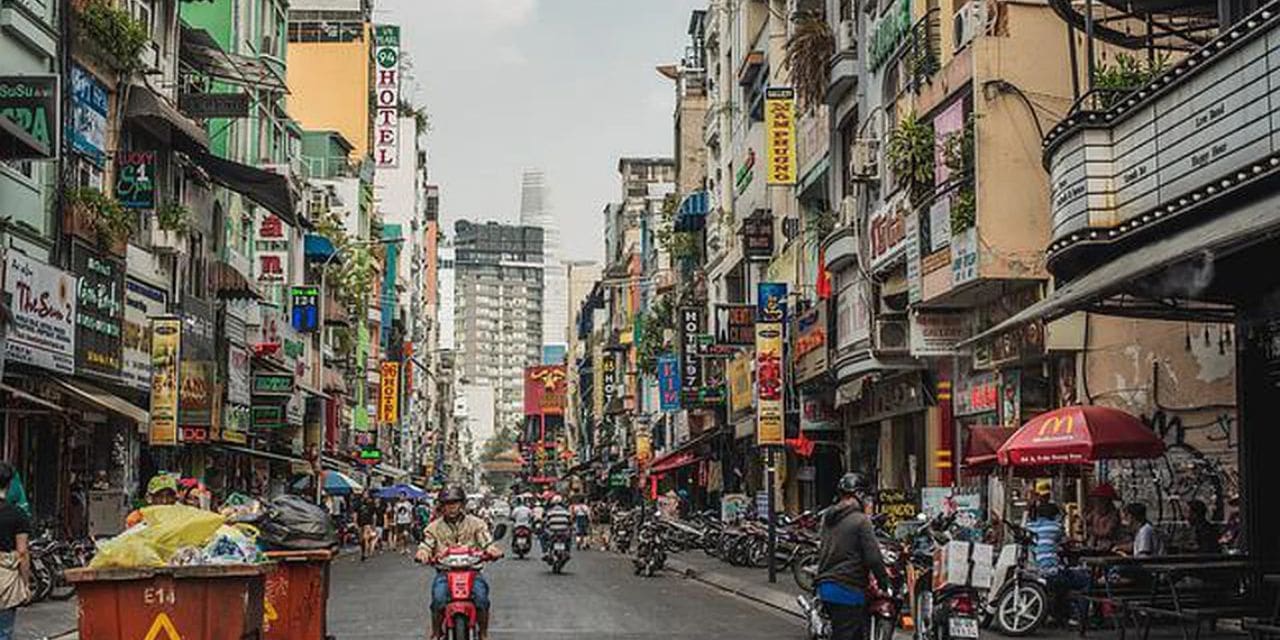Vietnam’s economy has a positive outlook for 2022 despite the emergence of Omicron subvariants, global geopolitical tensions and mounting input costs, according to NguyenQuocViet, deputy head of the Vietnam Institute for Economic and Policy Research. He was speaking at the workshop “Inflation in 2022: Impacts and policy recommendations”. Viet said inflationary pressures have begun to build up but the situation is under control so far. The Eight-month Consumer Price Index (CPI) rose by just 2.58 per cent year-on-year, well under the target of 4 per cent. GDP growth hit 7.7 per cent in Q2, the highest quarterly growth in ten years.
Eight-month Index of Industrial Production was 8.3 per cent higher than the same period in 2021. Exports fared quite well amid the global trade downturn with an eight-month revenue of US$250.8 billion, up 17.3 per cent year-on-year. Of which, textiles are expected to keep riding high in the rest of 2022 thanks to free trade agreements. He opined that the inflationary pressures would abate should global food and fuel prices cool down and supply chain disruptions improve in the short term. He forecast Viet Nam’s inflation would stay at around 3.3 and 3.8 per cent this year. Regarding the disparity between consumers’ perceived inflation and the General Statistics Office (GSO)’s estimated inflation, Viet told Vietnam News that the disparity can be attributed to the under-weighting of fuels, foods, and transportation costs in the CPI basket. “The weights assigned to fuels, foods, and transportation costs in CPI basket in Viet Nam are lower than those in ASEAN+3,” he said.
CanVenLuc, chief economist of the BIDV, suggested the use of the Producer Price Index and Core Inflation in addition to CPI to trace the real causes of inflation, which could be cost-push or monetary. He said inflation in Viet Nam has not reached its peak due to time lags and forecast that inflation would rise further towards year-end. Regarding weights assigned to items in the CPI basket, he said the weights are adjusted in every five years. For example, the weight of foods is 33.6 per cent currently, against the previous weight of 36 per cent. He also opined that the Government has done quite well in curbing inflation via fuel price stabilisation and food supply control. The two measures were highly effective against rising prices because transportation costs, food prices and construction material prices made up 90 per cent of the rise in CPI. Economic expert VoDinhAnh asserted that Viet Nam put macro-economic stability at the top of the agenda. Fast economic growth at the cost of stability is never an option. “We have had to pay a heavy price for the macro-economic instability between 2006 and 2011,” he said. The expert is all for higher caps on credit growth. He underscored credit growth caps as an administrative tool to raise total credits, which, he believed, is safer than market-based tools in term of systematic stability. He also said the tool could facilitate banking system’s restructuring by giving higher credit quotas to healthy banks and lower credit quotas to less heathy ones, thereby encouraging sector competition.

